Lake Kussharo in Autumn - When I use a tripod
2022 Fall
Photographer / Yoshiaki Kobayashi
My photography style is called nature snap, and I often shoot handheld and lightly. Therefore, the scenes where I use a tripod are limited. Of course, I understand the advantages of using a tripod, but when shooting with today's digital cameras that have excellent high sensitivity and image stabilization, I want to prioritize mobility.
So, when do I use a tripod? It's mainly when shooting with a slow shutter speed. No matter how good the image stabilization or high sensitivity performance is, there are times when handheld shooting is not possible. A tripod is necessary to express the flow of water or to photograph stars.
So, when do I use a tripod? It's mainly when shooting with a slow shutter speed. No matter how good the image stabilization or high sensitivity performance is, there are times when handheld shooting is not possible. A tripod is necessary to express the flow of water or to photograph stars.

Canon EOS R5 / SIGMA 24-35mm F2 DG HSM | ART / F2 8sec ISO-12800
When photographing the Milky Way, the high locking performance of the Q20i-BK came in handy. I removed the L-plate because I sometimes had to move the EOS R5's LCD screen to an angle that was easier to see, but when I held it vertically, the camera's center of gravity shifted from the center, making it difficult to hold the camera firmly on a soft head. Even when I thought I had the composition right, it would often shift out of place when I released it after locking it.

However, with the Q20i-BK, you can loosen the fixing knob just enough to leave a moderate amount of torque, fine-tune the composition, and then tighten the fixing knob to fix the camera without it shifting, so you can smoothly decide on the composition. Once you try it, you won't want to let go of the comfort of having the composition perfectly set. Because it can be firmly fixed, you can shoot time lapse *1 with peace of mind.
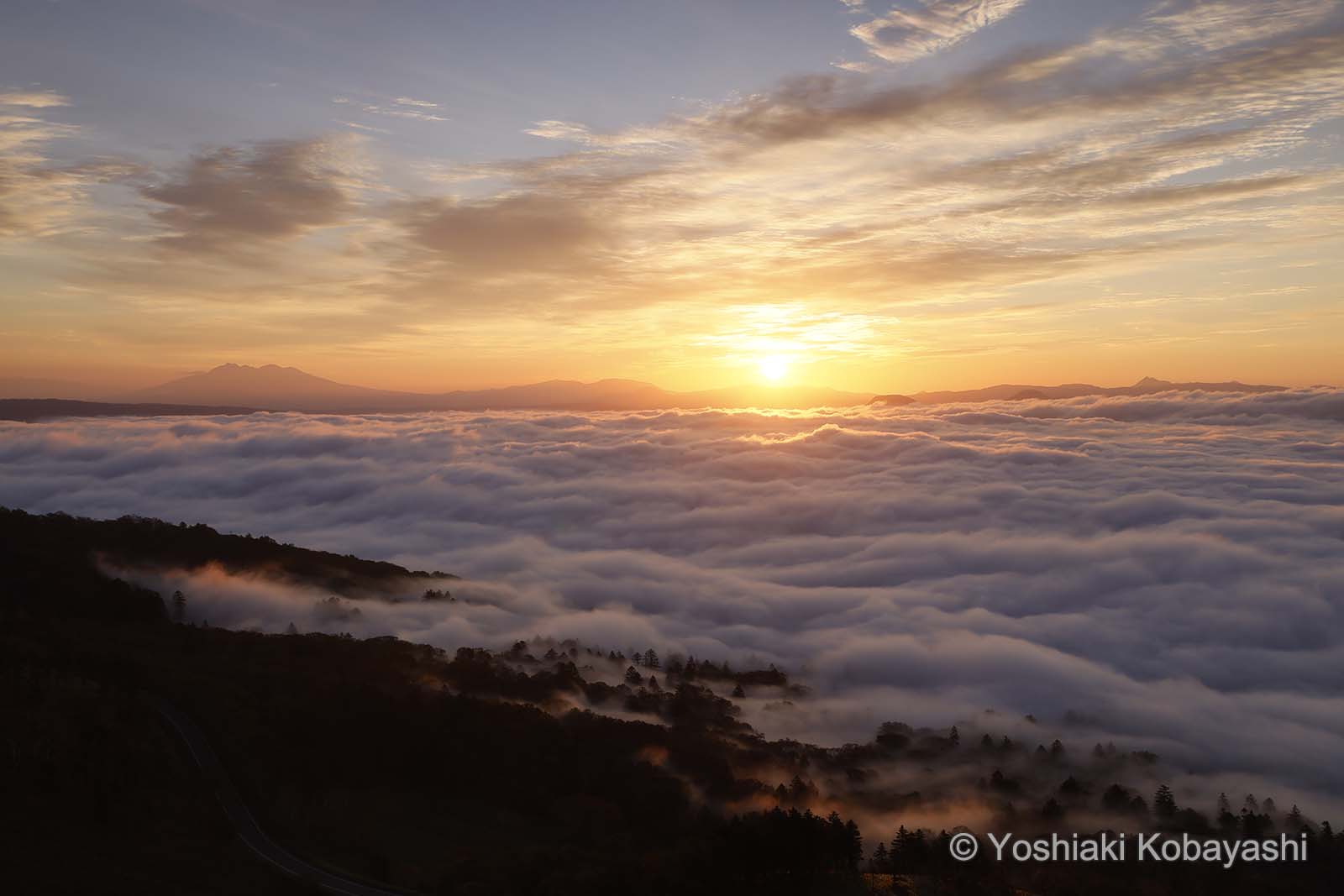
Canon EOS R5 / RF24-240mm F4-6.3 IS USM / F11 1/20sec ISO-200 / H&Y Hard GND8
Even when shooting with a Half ND, using a tripod will improve the quality. H&Y's Half ND can be attached to the holder with a magnet, making it easy to operate and allowing handheld shooting, but if you do not carefully determine the border between brightness and position the filter, the result will be unnatural. After carefully deciding the composition on a tripod, set the filter in the appropriate position. Since a lens hood cannot be used, it is often necessary to cut out the blemishes, and a tripod is often used to keep one hand free.
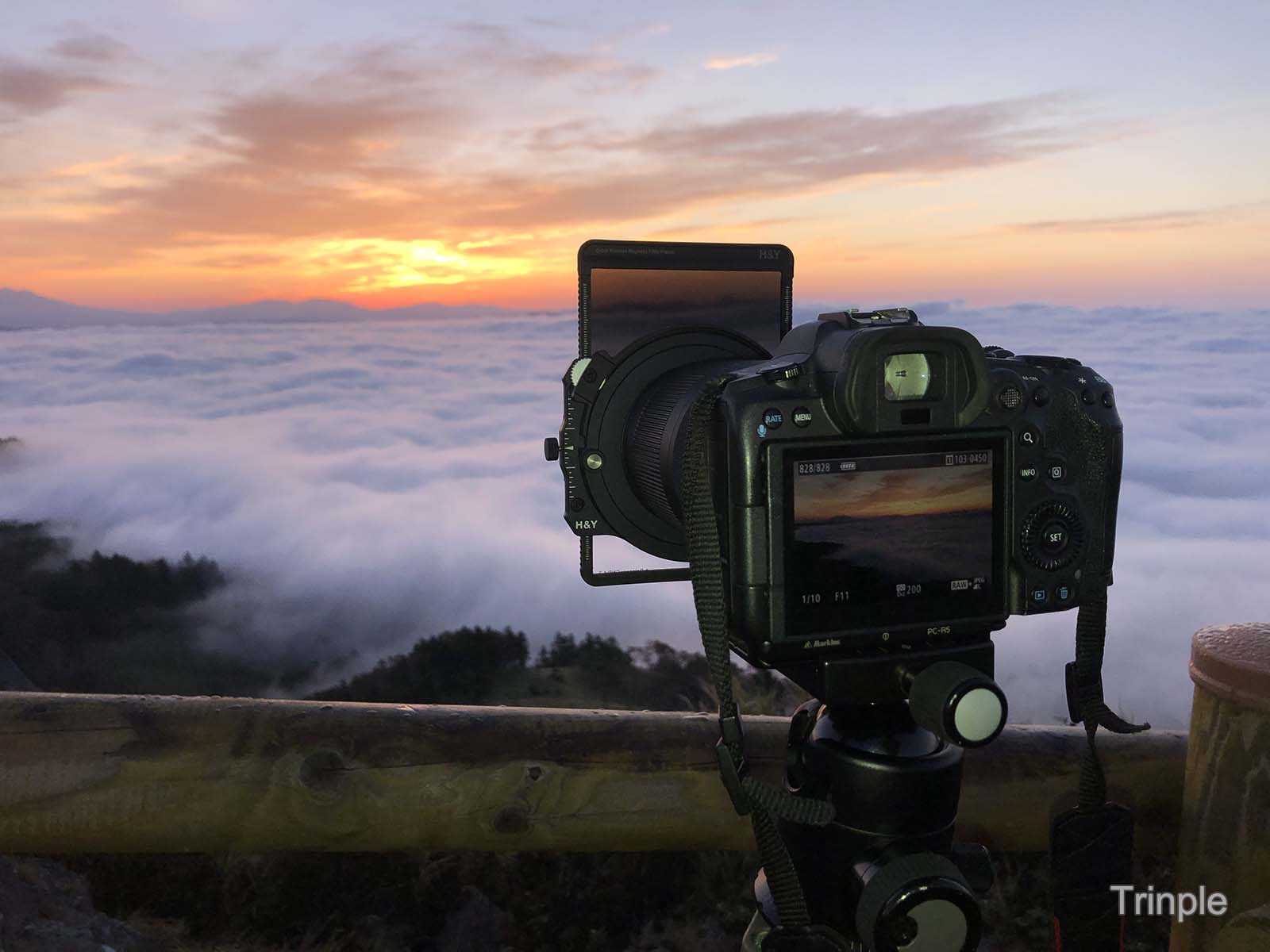
A half ND filter is an essential accessory for morning sea of cloud scenes. However, since it is difficult to see the final result even through the viewfinder of a mirrorless camera, I was able to achieve a natural finish by gradually adjusting the position.
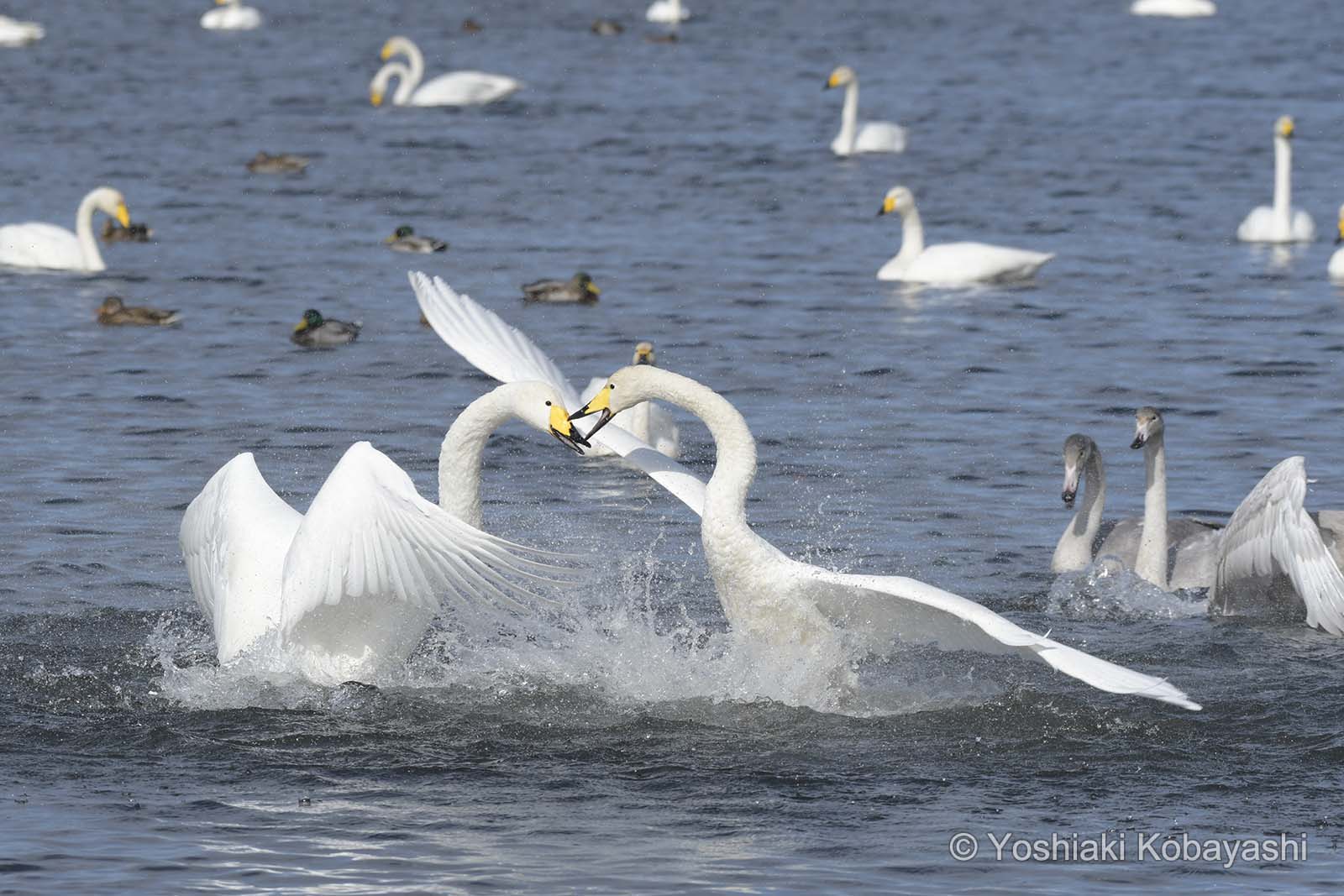
Nikon D500 / AF-S NIKKOR 200-500mm F5.6E ED VR / F8 1/1600sec ISO-400
Also, a tripod is advantageous when you are waiting for animals to move in one place to take pictures. In autumn, swans migrate from the north, and a tripod is essential when you are waiting for them to move. Holding a super telephoto lens makes you tired, and you may miss a sudden opportunity to take a picture.
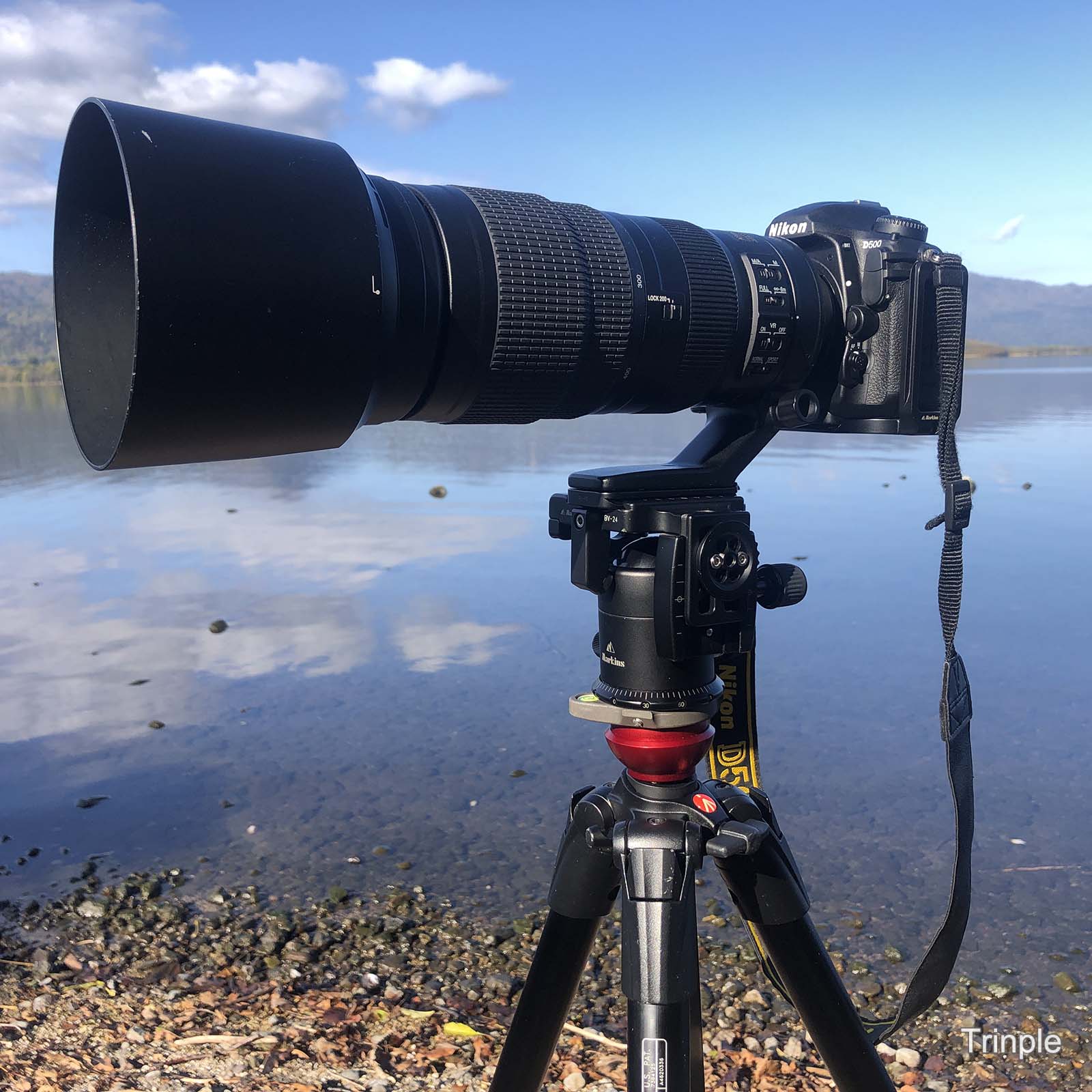
The combination of the Q20i-BK and the BV-24 is handy here. If you are shooting a stationary subject with a super telephoto lens, the Q20i alone is sufficient for stability, but when chasing a moving subject, it is difficult to keep the camera level with a ball head. By combining it with the BV-HEAD, you can prevent the screen from tilting, which makes the composition more stable. It is compact, so it won't get in the way when you carry it around, and it can be attached and removed with a single touch. In this case, we recommend using a tripod equipped with a leveler.
*1)This is the time-lapse video mentioned above.
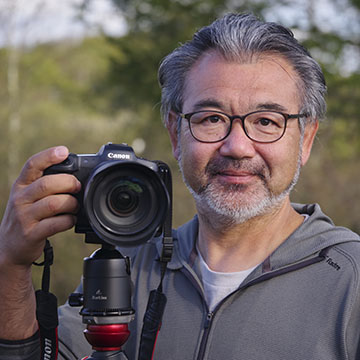
Yoshiaki Kobayashi
Born in Tokyo in 1969. After graduating from Tokyo College of Photography (now Visual Arts Tokyo), became a freelance photographer. Photographs a wide range of nature, from small natural areas to vast landscapes and wild animals. Moved to Hokkaido at the end of 2006 and currently taking photographs with the theme of "Landscapes of Life."
URL : www.nature-photo.jp









